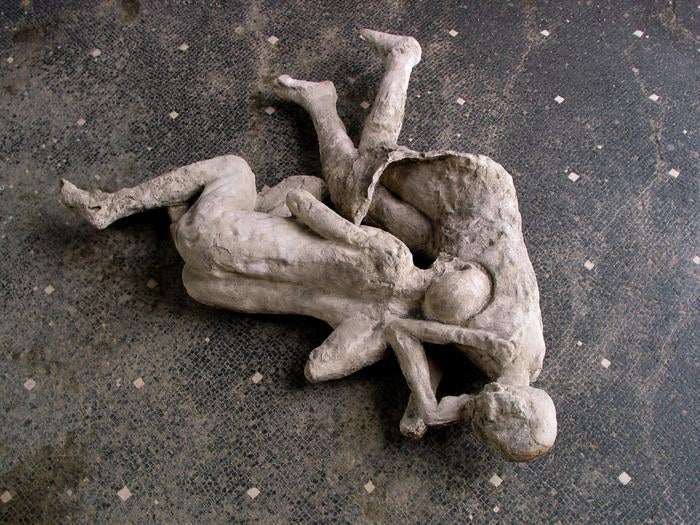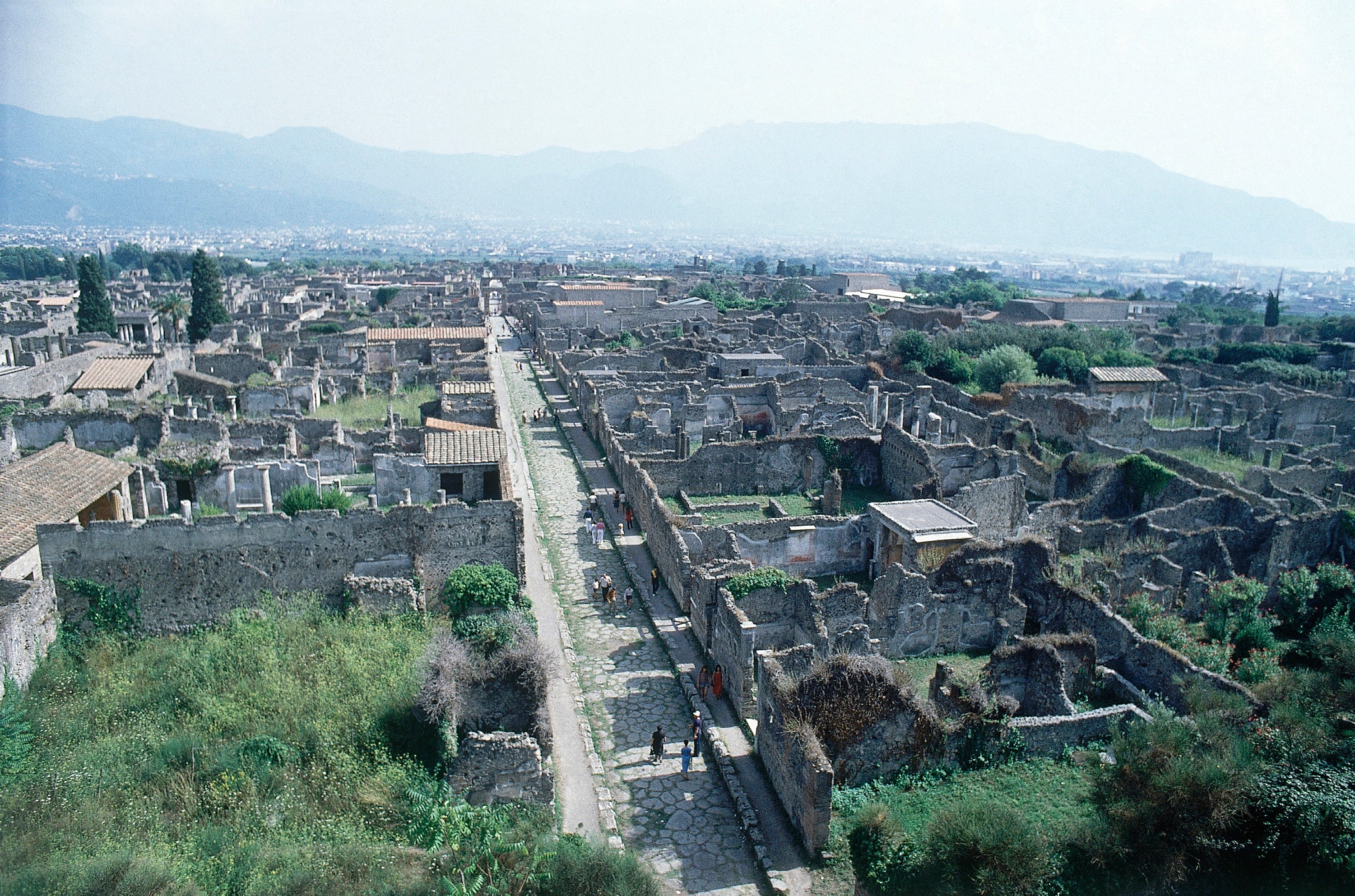Pompeii DNA evidence leads to surprising new discovery about victims
New information from the study of Pompeii plaster casts has challenged previous interpretations
Your support helps us to tell the story
From reproductive rights to climate change to Big Tech, The Independent is on the ground when the story is developing. Whether it's investigating the financials of Elon Musk's pro-Trump PAC or producing our latest documentary, 'The A Word', which shines a light on the American women fighting for reproductive rights, we know how important it is to parse out the facts from the messaging.
At such a critical moment in US history, we need reporters on the ground. Your donation allows us to keep sending journalists to speak to both sides of the story.
The Independent is trusted by Americans across the entire political spectrum. And unlike many other quality news outlets, we choose not to lock Americans out of our reporting and analysis with paywalls. We believe quality journalism should be available to everyone, paid for by those who can afford it.
Your support makes all the difference.In 79 AD, Italy’s Mount Vesuvius exploded, raining ash and volcanic debris down on the city of Pompeii and its tens of thousands of residents.
In mere minutes, the giant cloud of ash and gases killed an estimated 2,000 people, many of whom were unearthed more than a thousand years later. Their decomposed bodies were preserved by the ash, and archaeologists were able to reconstruct their forms using plaster casts of the cavities they left behind. More than 100 casts have been made to date.
Now, scientists have used ancient DNA collected from the casts that have been made to better understand the Pompeii residents and their origins. What they found alters history that’s been written since Pompeii’s rediscovery in the 1700s.
“We were able to sample all four individuals from the group of the House of the Golden Bracelet, which was traditionally interpreted as a nuclear family. Two adults, which were interpreted as mother and father, and their two young children,” said Harvard University’s Alissa Mittnik, one of the authors of the work, which was published Thursday in the journal Current Biology. “And this was on the basis that they were just found within the same house, in close proximity to each other. One of the pair, an adult, was holding the small child on their lap and this adult was also wearing this famous, intricate golden bracelet.”
But DNA from the skeletal remains destroyed that theory, she said.
“What we then found is that, in fact, all four of them were genetically male. And, we couldn’t confirm any genetic relationship between them,” she explained.

The researchers, including authors from the University of Firenze, cannot yet determine who those people were and what their relations to each other are.
“This one scenario, which was the most popular one, can’t be the straightfoward, simple explanation for why these people were found together,” she added.
“These findings challenge traditional gender and familial assumptions,” co-author David Reich, also from Harvard, said in a statement.
Multiple factors could have played a part in their demise and why they were found together.
“I also imagine that some people, even if they might have never seen each other before and hadn’t known each other in these extremely terrifying events, there would have been emotions that — like you try to help each other even if you don’t know each other,” said Mittnik. “Like, you might just end up in an embrace in this moment of terror.”

The data they collected also revealed that the Pompeiians had diverse backgrounds, primarily descending from recent immigrants from the eastern Mediterranean. This indicates the cosmopolitan nature of the Roman Empire, they said.
Going forward, more work is needed to fully understand Pompeii’s past, including genetic analysis. Research is ongoing at the site, and scientists can use both the casts and skeletons of the victims to better understand the city’s population. Of course, more research could overturn these findings, as well.
Mittnik noted that little had been known about the casts before the restoration and how they had been manipulated over time to support the narratives they were trying to tell.
“On one side it’s a bit exploitative, of course. And, on the other side, it’s also just – the one reason why people connect so much to Pompeii,” she said.

Join our commenting forum
Join thought-provoking conversations, follow other Independent readers and see their replies
Comments